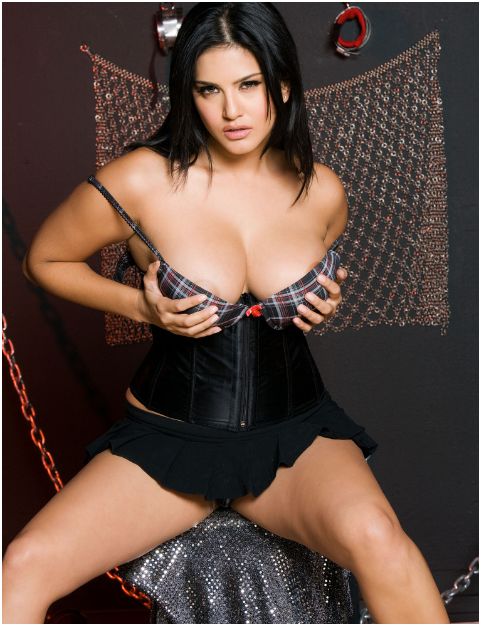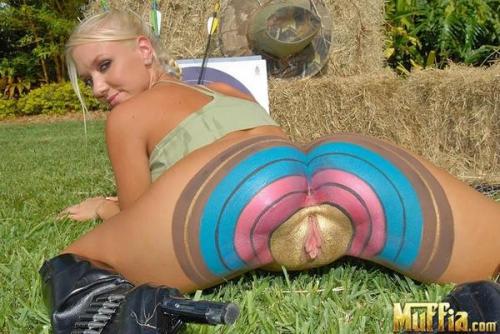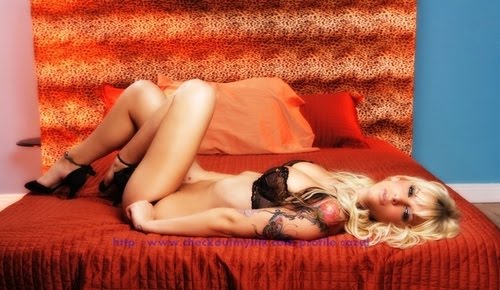
Dreyer's Fruit Bars.
One of my favorite snacks is Dreyer's Fruit Bars. I scarfed my first one back in 1997 and have kept them stocked in my fridge ever since.
Before I go any further I should say that this post is all about creative curiosity. Recognizing seemingly mundane moments in your life, and taking the time to view them from a different perspective and by doing so discovering something creatively new.

Popsicle sticks.
Every time I would have a fruit bar I'd be left with a popsicle stick. At least that is what people refer to them as. I never actually eat popsicles.

Broken popsicle sticks.
Usually I'm watching TV when I'm having one and I started breaking them into several pieces. After doing so I'd just toss them into the garbage and out of sight out of mind.
After breaking up hundreds of these popsicle sticks I began to notice the interesting edge they created when broken. But that is about as far as I took it.

Aligning broken pieces.
A few weeks ago however I was looking at a few more broken pieces and thought to myself
"This would make a really cool edge texture if you lined them all up."

Creative Edge.
So instead of tossing them into the garbage I started saving the best broken pieces. Once I had enough I drew a line on a piece of paper and started lining them up.

Building edge texture with pieces.
To hold them together I used painters tape. It has enough adhesion to keep the pieces in place but also easy enough to adjust them if needed.

Completed edge of broken popsicle pieces.
As I composited the popsicle pieces to form the edge I tried to vary the various broken ends so it would form a unique contour both positively and negatively.

Scan of pieces and detail of final edge texture.
I scanned the taped popsicle pieces in at high resolution greyscale image and then used Photoshop to adjust levels and created the final texture shown above.
 It's been almost four years since my texture book came out but I continue to be fascinated with texture. Styles come and go but texture will forever be timeless and useful within design and Photoshop makes using them so easy.
It's been almost four years since my texture book came out but I continue to be fascinated with texture. Styles come and go but texture will forever be timeless and useful within design and Photoshop makes using them so easy.Speaking of Photoshop, it's probably my favorite application to use.
That may surprise some people reading this blog, but I like it just because it allows the user to work the way they prefer, it's very flexible in terms of the app adapting to your own methodology and preferences in regards to a creative process. Ten people can do the same thing ten different ways and that IMO is an example of intuitive software.
I wish Illustrator was half as easy to use and adapt into ones creative process, but I digress.
I took a lot of time adjusting and refining the details in this edge texture so as not to blow out the image and lose the nice fine details of the splintered wood and the various artifacts it created when I scanned them in.

Example use of "Creative Edge" texture.
My penchant for frozen fruit on a stick peaked my creative curiosity and you the faithful reader benefit from this artistic experiment.
Download "Creative Edge" Texture.
The "Creative Edge" Texture download includes the following content you can use in your own creative pursuits be it personal or professional as these textures are what I like to call open source creativity. Go forth and create!
- Layered Grayscale PSD File (Hi-Res, 8.5x11 inches @ 610 ppi)
- Left-Side Bitmap Tiff (Hi-Res, 1.5x11 inches @ 610 ppi)
- Right-Side Bitmap Tiff (Hi-Res, 1.5x11 inches @ 610 ppi)
The layered PSD file has multiple options so you'll have to turn on/off the layers to view all of them, such as pre-built masked layers to make usage easier. The PSD File is CS4 but will still open in CS3 or CS2 without any problems.
- Download "Creative Edge Texture" (67 MB)



































































